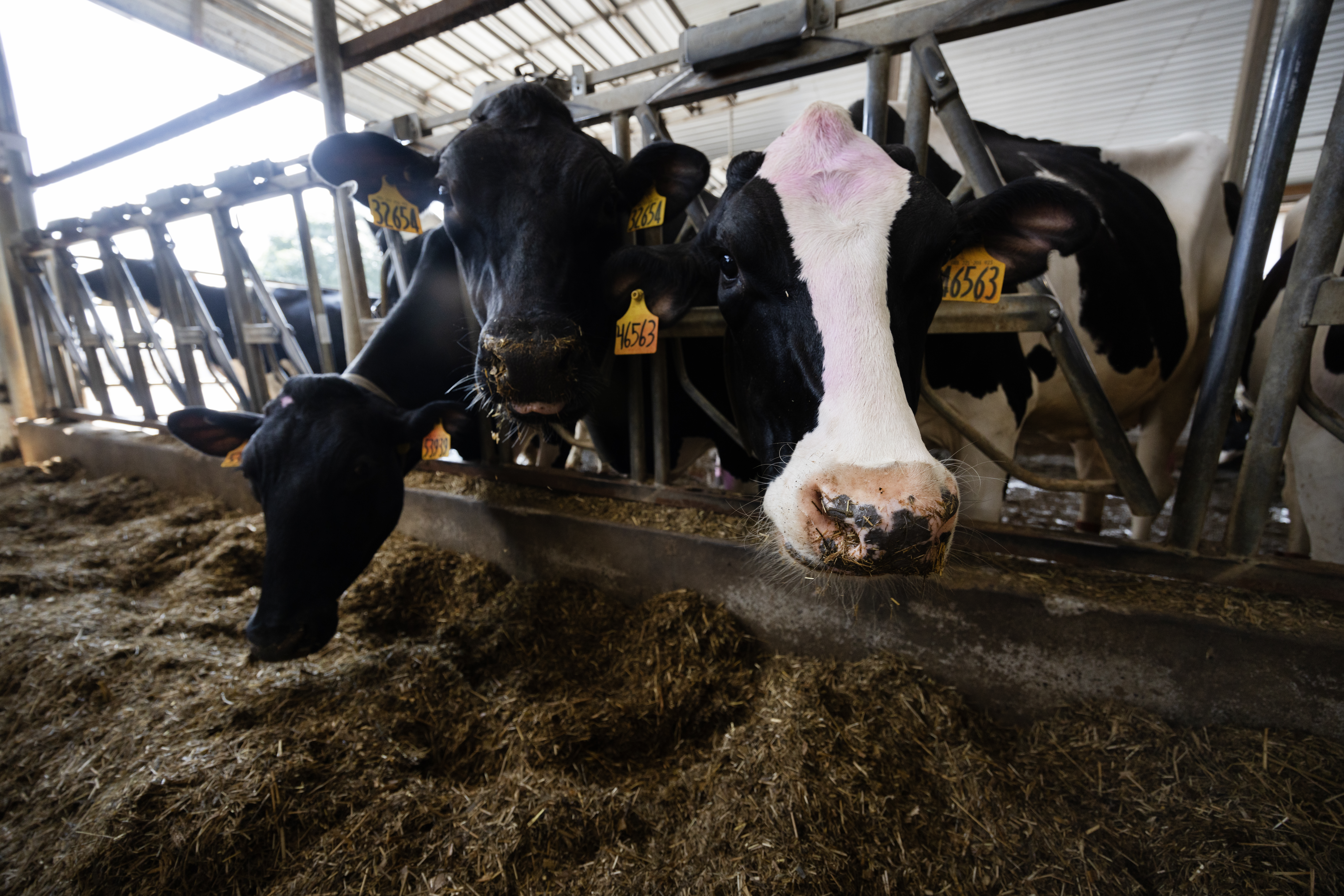Carbon offset credits for livestock methane reductions are promising but need better science and technology
High-integrity credits will require improved measurement, reporting and verification and stronger environmental and social protections

Reducing methane emissions is one of the fastest ways to avoid the most dangerous effects of climate change, which means we need to find ways to rapidly reduce them. Carbon offset credits for lowering livestock methane have a strong potential to drive investment into solutions that will help achieve that reduction.
In a new report, Carbon Credits for Livestock Methane Reductions (PDF), Environmental Defense Fund reviews all existing methodologies for quantifying and crediting livestock emissions reductions in the carbon marketplace and makes recommendations for priority actions to improve the integrity of credits for livestock methane reductions.
Download report on Carbon Credits for Livestock Methane Reductions (PDF)
Key findings
- Credits generated from livestock methane reduction activities have strong potential for helping reduce global methane emissions, but the integrity of those credits will be higher with improvements to science and technology for measuring, reporting and verification.
- Livestock methane-related credits perform well on additionality and permanence, two key indicators of high-quality credits.
- All crediting programs need to improve environmental and social safeguards to provide equitable opportunities for smallholder livestock operations to participate and protect communities from local pollution and other harms.
The report finds that carbon crediting programs, standards bodies and the scientific community should continue to improve the robust quantification of emissions, ensuring social benefits and safeguards. The result will be higher-quality credits with less uncertainty.
Priority actions include the following:
- Governance, accreditation, standards and rating bodies active in the voluntary carbon market must implement robust processes for updating their review criteria. This is key to reflecting the best available science and taking into account livestock-specific considerations for criteria related to emissions quantification, project eligibility, and environmental and community safeguards.
- Crediting programs should institute and/or strengthen program requirements to protect communities, including going beyond environmental regulatory requirements where needed to address local pollution concerns.
- Researchers can target research efforts to ensure that the models used to quantify project’s emission impacts use higher quality, lower uncertainty default values for emission reductions.
Download report on Carbon Credits for Livestock Methane Reductions (PDF)
MEDIA CONTACT
Callie Stevens
(480) 269-1719 (office)













